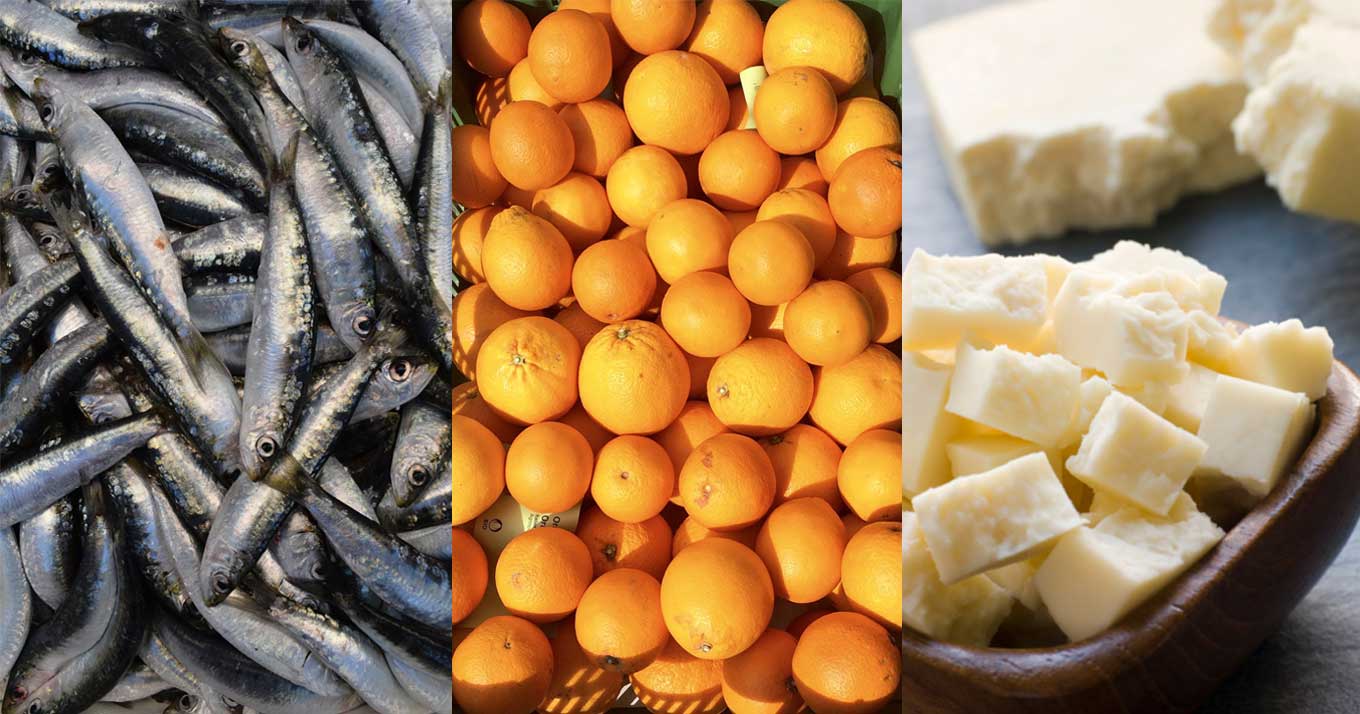
Feeding little ones can feel overwhelming. From how long to breastfeed to what to offer for first table foods, the questions start early and they seem to never end. One common concern parents have is meeting daily calcium requirements for their little ones.
This is especially true for parents who have children with dairy allergies or intolerances, those who are unable to source healthy milk, or those who follow the Paleo diet. After all, the standard line most parents hear is to offer several servings of dairy per day to cover a child’s calcium needs or to offer calcium fortified foods like orange juice.
What do you do if dairy isn’t an option, or you prefer to eat real food nutrients and not fortified vitamins and minerals? As it turns out, there are plenty of real food non-dairy sources of calcium. Many of them also pack an extra nutritional punch that helps increase the body’s ability to use calcium.
The Basics of Calcium
Calcium is Critical for Growing Kids
Let’s start with why we worry so much about calcium intake. Calcium is a mineral. The human body does not produce minerals on it’s own so we must obtain all minerals from food or supplements.
If that’s the case for all minerals, why is calcium on the forefront of every pediatrician’s (and parent’s) mind? It’s because calcium plays a huge role in bone health. In fact, 99% of the body’s calcium is stored in the bones.
For children, adequate calcium is essential for growing strong bones (and teeth). And bone mass in childhood is a determinant of bone health later in life. (source)
Given it’s importance to the human body (the remaining 1% is used for many critical functions), the National Institutes of Health provides a recommended daily allowance (RDA) for calcium based on age. The daily calcium requirements for children are:
- 1 – 3 years: 700mg
- 4 – 8 years: 1,000mg
- 9 – 18 years: 1,300mg
(source)
But, It’s Not All About the Calcium
The conversation around calcium always seems to be about how much we are eating. At a recent well child visit for my toddler, I was given one piece of nutrition advice: to offer three to four servings of dairy per day now that our nursing relationship is coming to an end.
While three to four servings of dairy is sufficient calcium in milligrams to meet the recommended amount for my daughter’s age group, eating the right amount is only half of the story.
What is left out of the calcium conversation is talk about the body’s ability to use the calcium being consumed. Simply consuming the recommended amount of calcium does not necessarily mean that the body is able to put it to use.
You see, calcium is a game of cofactors. This can be said for all nutrients really, and it just means that calcium (or any nutrient) doesn’t act alone in the body. For optimal absorption and use of calcium in the body, certain other nutrients or states must be present.
- Digestive health and a properly acidic stomach environment allows for breaking bonds and freeing calcium for absorption.
- Vitamin D helps increases absorption of calcium through the GI tract so that it actually makes it into the body rather than excreted in urine/feces.
- Good hydration allows the blood to be fluid enough to transport calcium efficiently throughout the body.
- Fatty acids are needed to transport calcium across cell membranes. Good fats build strong cell membranes that allow nutrients to pass in and out of cell walls.
- Other minerals must be in balance with calcium particularly, potassium, magnesium, and manganese. For example, magnesium regulates calcium to keep the heart pumping.
By offering a variety of real foods, children consume the vitamins, minerals, fats and other nutrients needed to optimally use calcium in the body. Less dietary calcium can go further when the cofactors are supported.
Calcium Rich Foods
Making the Most of Calcium from Dairy
Dairy (obviously) includes foods high in calcium. A four ounce glass of whole milk has 138 mg of calcium and one ounce of cheddar cheese has 202 mg. The cheese alone is almost one third of the recommended amount for a 1 – 3 year old.
If you have access to quality sources of dairy, especially real milk and fermented real milk products like kefir and cheese, and your child tolerates dairy well, it is a great source of calcium and other nutrients.
Real milk is not fortified and therefore does not contain as much vitamin D. Make sure to support the cofactors by offering a varied real food diet to ensure optimal calcium absorption and use. Wild caught salmon is a great source of calcium and vitamin D!
If you don’t have access to quality sources of dairy, I recommend skipping the milk and cheese and instead focusing on other real food sources of calcium. Not sure what to look for in dairy, or why conventional milk is not a healthy food for little ones? Read all about it right here.
Non-Dairy Sources of Calcium
For those who need or prefer to stay dairy-free (or simply want to offer more food variety), below is a list of non dairy sources of calcium. Many of which are also rich in calcium cofactors. Remember that almost all real foods have some amount of calcium, which add up as part of your child’s total daily intake.
Suggested serving sizes are kid-sized.
Canned salmon with bones (232.5 mg in 3 ounces) and sardines (214 mg in 2 ounces). Seafood with bones has more calcium per serving than any dairy product. Seafood is a great source of fatty acids to support strong cellular walls and vitamin D for calcium absorption.
Blackstrap molasses (117 mg in 2 tsp) is not only high in calcium, but also in the cofactor minerals manganese, magnesium, and potassium. Use it as a sweetener, a substitute for brown sugar, or for syrup with grain-free pancakes.
Sesame seeds (87.8 mg in 1 tbsp) are a great source of calcium. Use them to make tahini for raw hummus or tahini dressing. Carrots (24 mg in 5 baby carrots) and celery (25.6 mg in 1 stalk) both have higher levels of calcium than many veggies and are great for dipping in hummus!
Legumes like white beans (93 mg in 1/4 cup dry) and garbanzo beans (52.5 mg in 1/4 cup dry) are high in calcium and the cofactor minerals as well. Make sure to properly prepare all legumes by soaking them before cooking.
Nuts are high in calcium, with almonds (60.5 mg in 1 ounce) being the highest. Coconut Almond Candy Bars are a great way to enjoy them for a treat.
Oranges (60.2 mg in one medium) are high in calcium and a food most kids are more than happy to eat. Dried figs (53.6 in for 4) are also a good source of calcium and can be enjoyed plain as a snack or simmered and pureed into a jelly.
Cruciferous veggies tend to be the higher in calcium. A few that my toddler will eat include kale (45 mg in 1/2 cup chopped raw) and broccoli (20.7 mg in 1/2 cup raw). If your little one has trouble with greens, have you tried a adding them to a smoothie?
Eggs (25 mg in one) have a decent amount of calcium and when pastured, they are high in cofactor vitamin D. Egg shells are incredibly high in calcium and I’ve seen recipes for egg shell calcium supplements.
Looking for a beverage source of calcium? Raw almond milk and coconut milk tonic are both high in calcium. Bone broth is also a mineral-rich food, though the exact amount of calcium available in homemade broth is not well known.
The Takeaway
Calcium is critical for children’s growth and long term health. But contrary to what we often hear, multiple servings of dairy is not the only way or even the best way to meet daily recommended amounts. Exposing your child to a varied real food diet, where they are offered plenty of calcium rich foods as well as foods high in cofactor nutrients, is the best way to meet calcium requirements.
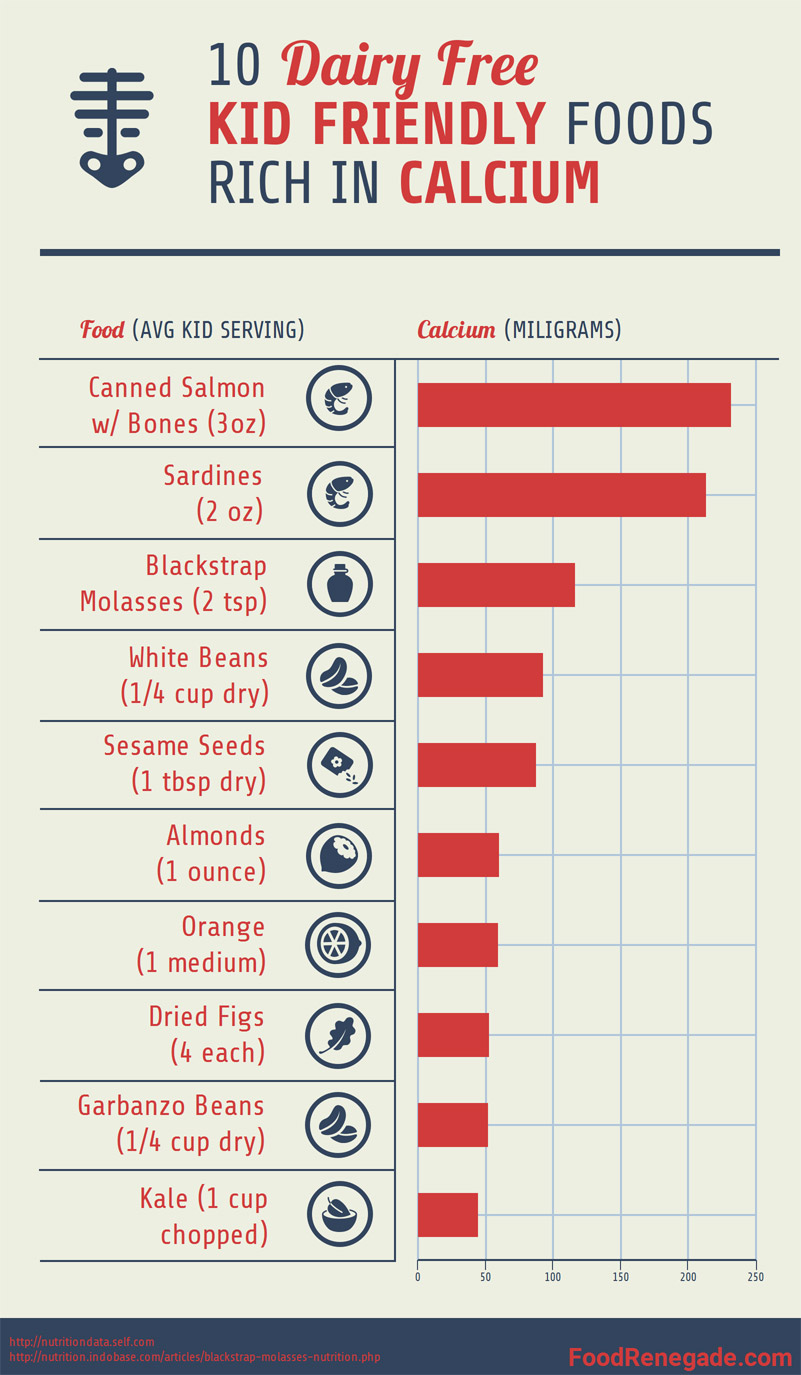
 |



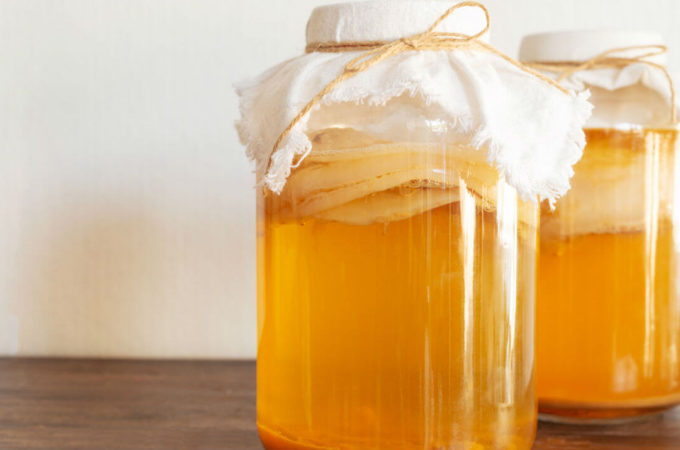
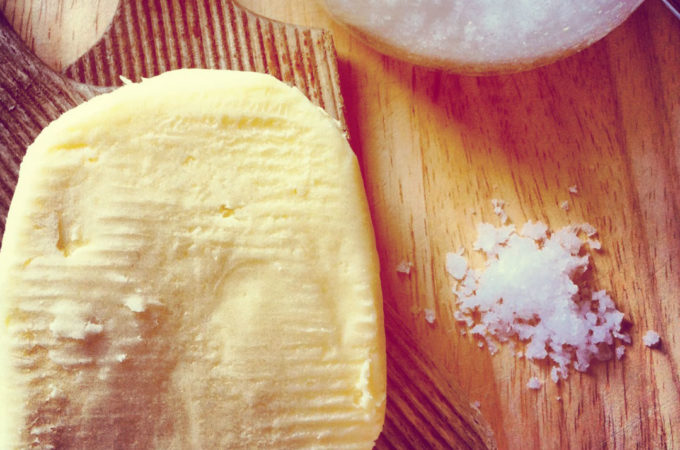
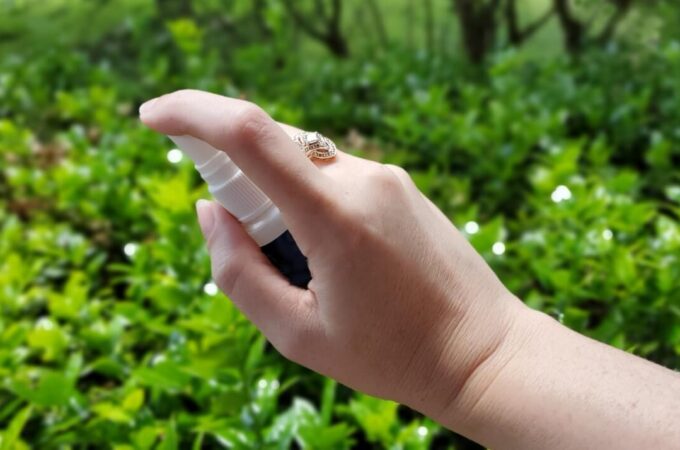

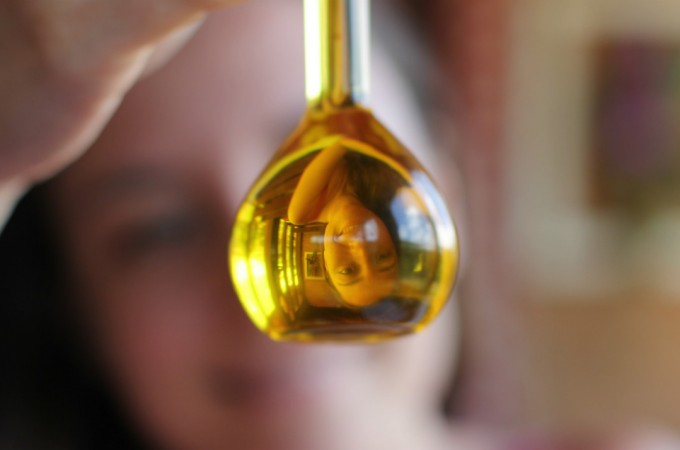
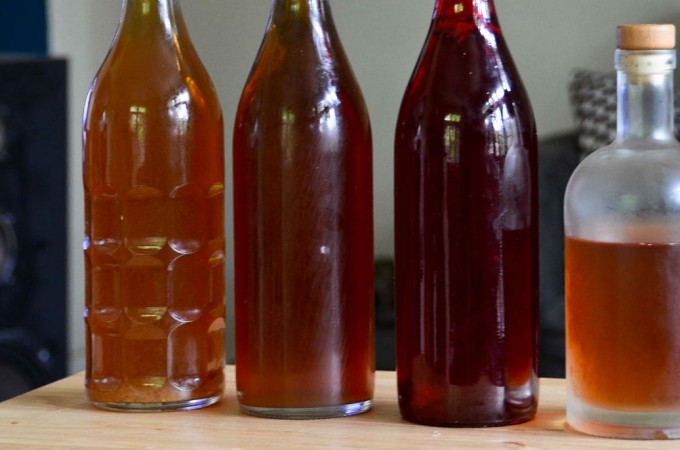
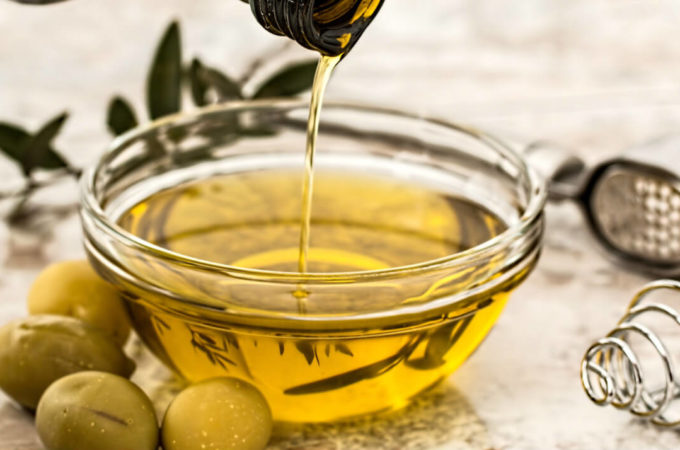






Thanks! I’m tussling with this situation right now… 17 month old drink whole milk- honestly, because it is EASY. This is a great list, and I’m happy to have some alternatives. He does love eggs… 😀
Hi Amy! My 16 month old also drinks milk. My milk supply has pretty much died and she’s such a busy body it’s impossible to get enough calories in her with just food, and yes, milk is an easy way to get more in! Luckily we have some great local farms in WA to get milk from (we do a grass fed, non-homogenized milk). What’s funny is she DOES NOT like cheese. She loves sardines and salmon with bones, and recently learned to dip veggies in hummus.
Great post Beth. Changing the public’s perception of dairy after years of being bombarded with marketing campaign after marketing campaign is a tough task but articles such as this can only help, good job!
Thanks, Emma!
I was struggling with this very issue. I am starting to officially wean my 2 year old twins and they aren’t liking goat milk which I had hoped to switch them to. I was wondering what else I could do to help them get what they need. Thank you for this valuable info.
Fantastic timing. I was just contemplating this today, my 20 month old has been on raw goats milk, but it was getting expensive & inconvenient. I have bought conventional A2 milk, but have been debating whether it is really necessary as he eats like a horse, and the rest of the family is (mostly) dairy-free. Is bone broth a good source of calcium?
Hi Alissa! I went into writing this article assuming bone broth would be a good source of calcium and that I would include it in the list. But as it turns out, the studies that have been done show that bone broth is actually fairly low in calcium. I believe bone broth is incredibly nourishing, but I don’t see it as a food that should be relied on for meeting calcium requirements.
I was disappointed I didn’t hear a mention on K2. K2 is also crucial for bone and teeth development.
This is so helpful, thank you very much! I used to eat a lot of raw and grass-fed dairy, but when my 7 month old son was born I worked out within his first three weeks of life that his body was NOT agreeing with the dairy I was eating. I cut it out, and was very surprised to find that a few months later (it took me that long to stop craving it) I was feeling better without it, too. My plan is to remain dairy free going forward, and I will also be raising him dairy free. : ) Did you happen to find if grapefruits were a good source of calcium in your research? I have heard they are. Many thanks again!